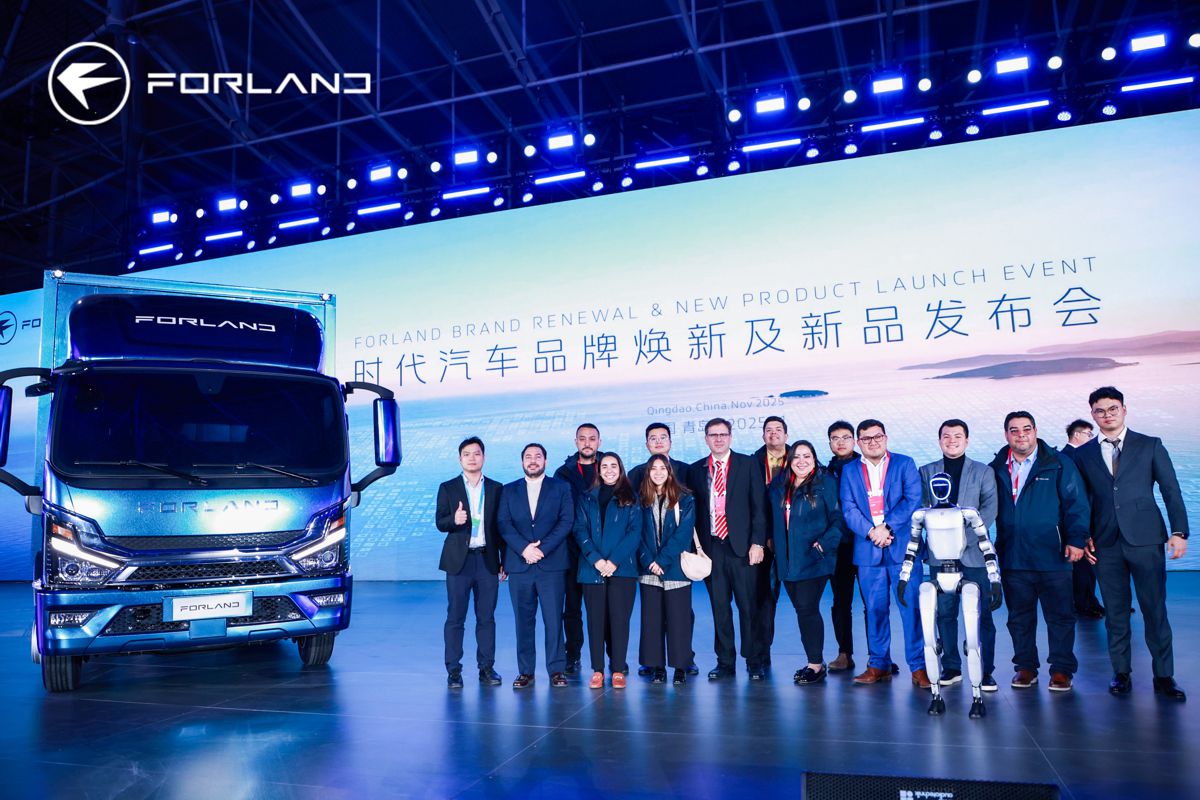Researchers explore Concrete from Ancient Rome to transform modern industry
A researcher at Missouri University of Science and Technology is looking to solve the problems of tomorrow by using chemistry from the distant past.
Dr. Monday Uchenna Okoronkwo, assistant professor of chemical and biochemical engineering at S&T, is researching how to mimic the chemistry and composition of ancient Roman concrete while also applying modern technology to make it even better.
“Every technology that you look at these days stems from what has already existed,” Okoronkwo says. “You can decide to scrap old technology and start anew, but I think the wisest thing to do is learn from what is good from the old technology, discard what is bad, and then combine the good from both the older approaches and modern approaches to generate the future.”
That is exactly what Okoronkwo is doing with his current concrete research, and he was recently selected for the National Science Foundation’s Faculty Early Career Development (CAREER) Program award and will be provided with about $675,000 to support his project.

According to the NSF website, the CAREER program “offers the NSF’s most prestigious awards in support of early-career faculty who have the potential to serve as academic role models in research and education and to lead advances in the mission of their department or organization.”
Okoronkwo says his research has the potential to transform the cement industry. His work could make concrete more durable while also cutting back on carbon emissions.
“Our target is to design a new generation of cementitious material,” he says. “Roman concrete can withstand aggressive environments. In the modern day, we now have chemical additives we can add to increase the flexibility and the flow properties of the concrete to make it even better. This project is aimed at harnessing the best properties of both ancient and modern approaches.”
The key to having lower carbon emissions, which is also the key to mimicking the ancient Roman concrete, lies in the strätlingite-based cementitious binder that Okoronkwo will develop.
With this type of binder, Okoronkwo says the percentage of lime to alumina and silica requires approximately half of what is used when developing binders for modern concretes, and it would be made at much lower temperatures than the traditional Portland cement binder.
Having less lime and using lower temperatures will lead to less carbon being emitted throughout the process.
Okoronkwo plans to develop versions of this cement for both marine and land uses.
“There will be so many possible applications for this new cement,” he says. “Consider military uses, offshore hydroelectric power systems, underwater construction, and bridges and neighborhoods exposed to hurricanes and extreme weather. This new material can be as resilient as what was used by the ancient Romans 2,000 years ago, but it will be even better thanks to the modern technology and methods we can now apply.”
Okoronkwo says he feels honored to receive this funding, and he is excited to get to work.
“I am thankful to NSF for this award,” he says. “It is a rare opportunity to receive this award, and I am glad to have gotten this support to work on this project.” To learn more about S&T’s chemical and biochemical engineering programs, visit chemeng.mst.edu.




















